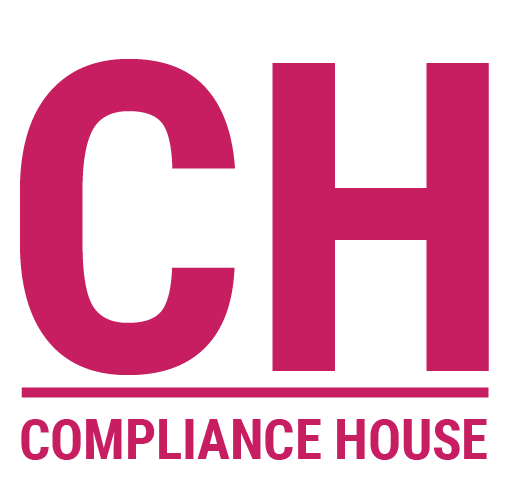Purpose
To ensure every employee is aware of and understands the internal policies, regulatory obligations, and ethical standards that apply to their function, enabling informed decision-making and proactive risk management.
10-Step Guideline
1. Identify Applicable Regulations and Internal Policies
- Review your job description and key responsibilities for compliance touchpoints
- Ask your manager or compliance officer which laws most directly affect your role
- Access and bookmark your company’s policy portal or compliance manual
- Subscribe to internal updates on relevant legal and regulatory changes
- Participate in role-specific onboarding sessions that include compliance context
2. Understand Industry-Specific Requirements
- Research any industry codes of conduct that your organization adheres to
- Identify sector-specific regulations (e.g., healthcare, finance, telecom)
- Attend external briefings or webinars hosted by trade or regulatory bodies
- Request sector-relevant guidance documents from the compliance team
- Discuss industry risks with experienced colleagues in similar roles
3. Map Risk Areas Within Your Daily Activities
- Break down your regular tasks to identify where legal, ethical, or reputational risks may occur
- List high-risk decisions you make (e.g., approvals, contracts, third-party selections)
- Use company-provided risk matrices to evaluate likelihood and impact
- Keep a log of ethical dilemmas or borderline decisions for reflection
- Involve compliance in reviewing complex or uncertain transactions
4. Clarify Unclear Rules or Ambiguities
- Ask questions during compliance or departmental briefings
- Submit unclear scenarios through internal compliance help channels
- Document questions and answers to build a personal knowledge bank
- Encourage team discussions around “grey areas” to align interpretations
- Invite a compliance advisor to join relevant team meetings periodically
5. Stay Informed on Policy Changes
- Enable notifications for internal policy updates or legal alerts
- Review all update emails and follow links to revised documents
- Join refresher sessions or learning modules when policies are revised
- Keep your personal compliance resource folder up to date
- Share key updates with colleagues during team huddles or emails
6. Integrate Rules Into Daily Decision-Making
- Use checklists for approval workflows that include compliance checkpoints
- Include a “compliance impact” column in your decision logs
- Pause and consult policies before taking unfamiliar actions
- Prioritize options that align with both business goals and ethical expectations
- Build compliance prompts into project planning templates
7. Know Who to Ask for Help
- Learn the names and contact details of compliance focal points
- Save a list of internal resources (legal, audit, HR) relevant to your function
- Establish informal check-in points with your compliance partner
- Encourage team members to seek guidance when uncertain
- Refer to decision-making escalation charts provided by the company
8. Share Knowledge With Your Team
- Volunteer to summarize key policies in staff meetings
- Develop simple one-pagers or visuals for complex policies
- Lead by example in applying rules consistently
- Pair up with new team members to support their onboarding
- Promote a culture of open dialogue around rules and responsibilities
9. Participate Actively in Compliance Training
- Attend all mandatory training and request additional sessions if needed
- Take notes and ask questions during sessions to deepen your understanding
- Use training case studies to reflect on your own role
- Apply learning outcomes directly in your work with examples
- Provide feedback on training content to enhance relevance
10. Reflect and Adjust Regularly
- Schedule quarterly reviews of your compliance knowledge
- Track areas where you’ve encountered uncertainty or risk
- Set personal learning goals for compliance improvement
- Update your understanding when responsibilities or roles shift
- Share feedback with compliance on where more guidance is needed
Conclusion
When employees understand the rules that apply to their role, they make decisions with greater confidence and integrity. This awareness reduces risk, builds trust, and reinforces a culture where doing the right thing is second nature. Compliance starts with knowing — and continues through conscious, informed action.

